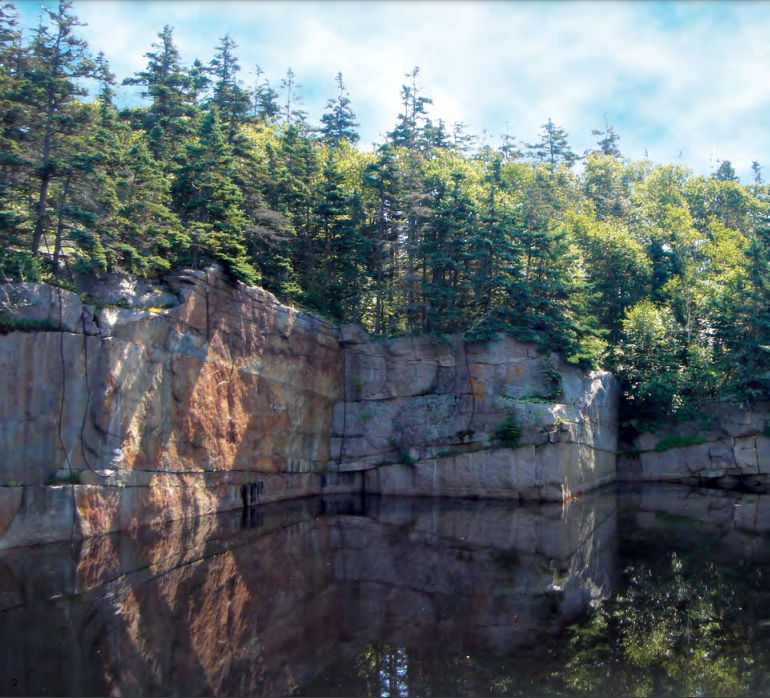The history of the Schoodic International Sculpture Symposium follows the path set by the first sculpture symposium of the modern era, which was held in Austria in 1959. Since then, sculptors have been gathering at various places around the world to practice their art and to learn from each other and from the symposium setting. In addition to learning new techniques, sculptors gain valuable exposure to different concepts and other cultures. The visiting public is able to share this experience and to gain a sense of what it takes to create a sculpture. The finished work then becomes a new and permanent part of the community’s landscape. Schoodic International Sculpture Symposium fits seamlessly into this pattern. This Symposium is different in that it highlights a local stoneworking culture of historic importance, which is now all but forgotten in downeast Maine. It will be exciting to see this long lost art come to life again.
Commercial granite production in Maine began at the beginning of the 19th century. Prior to that, granite was used primarily for building foundations, roads, bridges, and marine piers. Maine quarries enjoyed a commercial advantage because of their proximity to the seacoast. This offered inexpensive transportation by ship to the entire eastern seabord. The Industrial Revolution sparked a building boom in factories, banks, churches, libraries, government offices, monuments, and bridges—and Maine granite was the building material of choice. As many as 170 Maine quarries cut and fashioned building stone. One of the largest production centers was located on Vinalhaven Island. Rough stone was brought there from many quarries to be turned into columns, capitals, monuments, etc.
The list of famous Maine granite structures is enormous. Examples include all or elements of the old State, War, Navy building (now the Executive Office Building) in Washington D.C., the Church of St. John the Divine (NYC), the Triborough Bridge (NYC), the Williamsburg Bridge (NYC), the Brooklyn Bridge (NYC), the Washington Monument (DC), several United States Naval Academy buildings (Annapolis MD), Grant’s Tomb (NYC), the Cleveland Art Museum (OH), the Chicago Art Museum (IL), Sing Sing Prison (NY) and the John F. Kennedy Memorial (DC), to name but a few.
OLD QUARRIES IN MAINE OFTEN FILL WITH WATER, A RELIC OF A BOOMING INDUSTRY.
The peak of Maine granite production was 1901, when as many as 3,500 workers were employed at 152 quarries. The use of granite for buildings and bridges tapered off in the 20th century as steel and reinforced concrete changed the course of architecture and construction. Granite continues to be used today, but on a much smaller scale. In the building trades it is used primarily for building facades, counter tops and in landscape gardening. Today there are only a few working quarries in Maine that are producing dimension stone. These include the Crotch Island quarry in Stonington, Fletcher‘s quarries in Jonesboro and Addison, the Freshwater Stone Quarry in Orland, and Sullivan Memorial Stone Works‘ Quarry in Sullivan.



